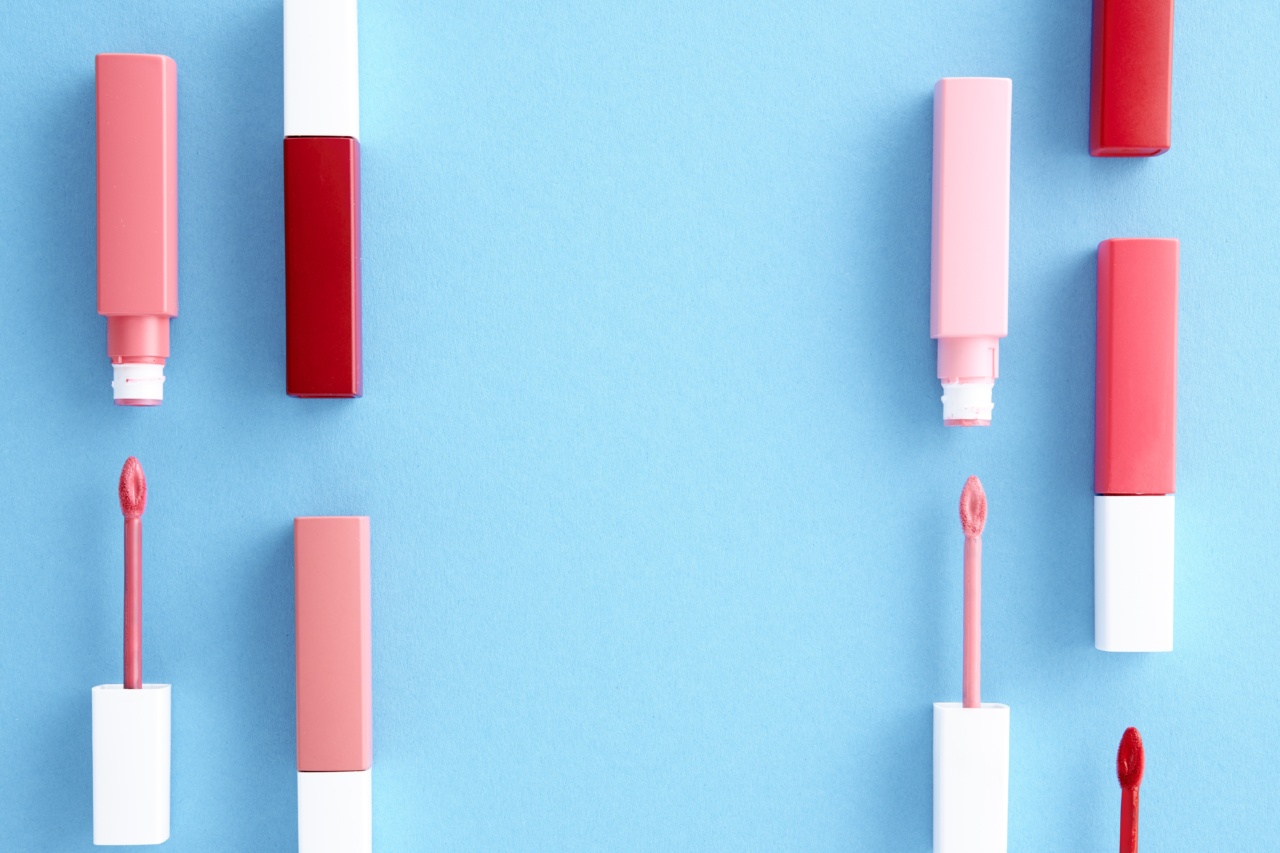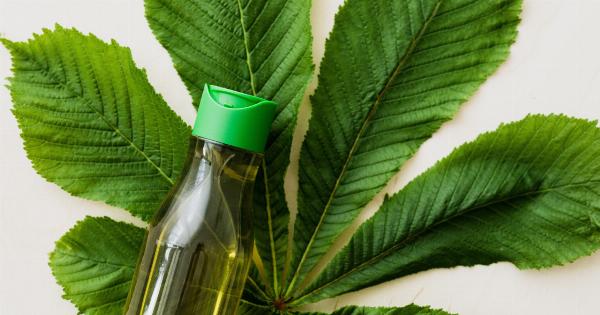In recent years, concerns about the environmental impact of plastic waste have gained widespread attention. One particular issue that has come under scrutiny is the use of plastic microspheres in cosmetic products.
These tiny particles, often invisible to the naked eye, are commonly found in facial scrubs, body washes, and other personal care items.
What are Plastic Microspheres?
Plastic microspheres, also known as microbeads, are tiny pieces of plastic that are often added to cosmetics as exfoliants or fillers. These microbeads are typically made from polyethylene, a type of plastic that does not biodegrade easily.
This means that once these microbeads are washed down the drain, they can accumulate in water bodies and pose a threat to marine life and ecosystems.
The Environmental Impact
The use of plastic microspheres in cosmetics has led to alarming levels of plastic pollution in oceans, rivers, and lakes.
Microbeads, measuring less than 5 millimeters in diameter, are too small to be effectively filtered out by wastewater treatment plants. As a result, they end up entering water bodies, where they persist for centuries without breaking down.
These tiny plastic particles can be mistaken for food by marine animals, leading to ingestion and potentially causing serious harm, including organ damage and death.
The Health Concerns
In addition to the environmental impact, there are growing concerns about the potential health risks associated with the use of cosmetics containing plastic microspheres.
Research has shown that these microbeads can absorb and accumulate harmful chemicals and pollutants from the environment. When used in personal care products, these microbeads can come into contact with the skin, potentially leading to the absorption of these toxins.
This raises concerns about their impact on human health, particularly as some microbeads have been found to contain substances known to be endocrine disruptors and carcinogens.
The United States Takes the Lead
Recognizing the urgent need to address the issue, the United States has been at the forefront of global efforts to ban and recall cosmetics containing plastic microspheres. In 2015, the U.S.
passed the Microbead-Free Waters Act, which prohibited the manufacture and sale of rinse-off cosmetics containing plastic microbeads. This legislation was a significant step towards curbing the use of microbeads and reducing plastic pollution in the country’s waterways.
The Ripple Effect: International Action
The United States’ actions have set a precedent for other countries to take similar measures. Shortly after the U.S.
ban, Canada implemented its own ban on plastic microbeads, signaling a growing global consensus on the need to address this pressing issue. In addition, the European Union, Australia, New Zealand, and the United Kingdom have all taken steps to phase out the use of microbeads in cosmetics.
These collective efforts demonstrate the increasing recognition of the environmental and health risks associated with plastic microspheres.
Promoting Sustainable Alternatives
While the recall and banning of microbeads is a crucial step towards protecting our environment and health, it is equally important to find sustainable alternatives.
The cosmetics industry has been exploring various natural and biodegradable alternatives, such as finely ground walnut shells, apricot kernels, and jojoba beads, which can provide similar exfoliating effects without the negative environmental impact. Encouraging consumers to choose products that use these alternatives can help drive the shift towards a more sustainable and eco-friendly cosmetics industry.
Increasing Awareness and Consumer Education
Efforts to address the issue of plastic microspheres in cosmetics extend beyond legislation and bans.
Increasing public awareness and consumer education are essential in creating a demand for sustainable alternatives and influencing purchasing decisions. By educating consumers about the harmful effects of plastic microbeads and promoting eco-friendly alternatives, we can collectively reduce the demand for cosmetics containing these harmful particles.
Collaboration for a Plastic-Free Future
Addressing the issue of plastic microspheres in cosmetics requires collaboration among various stakeholders. Governments, cosmetics manufacturers, environmental organizations, and consumers all have a role to play in creating a plastic-free future.
By working together, we can drive further innovation, implement stricter regulations, and support sustainable practices within the cosmetics industry, ensuring the preservation of our environment and the health of future generations.
Conclusion
The push for the recall of cosmetics containing plastic microspheres is an important step towards mitigating the environmental and health risks associated with these harmful particles.
The United States has taken a leading role in this endeavor, with other countries following suit. By promoting sustainable alternatives, increasing consumer awareness, and fostering collaboration, we can collectively work towards a plastic-free future and protect our planet.































